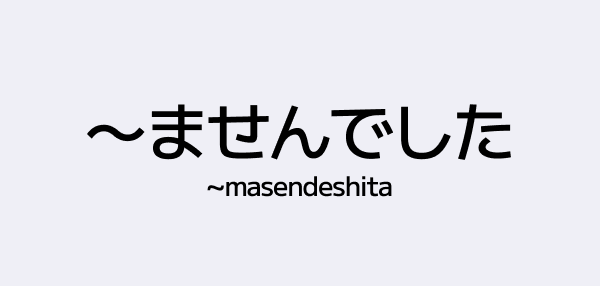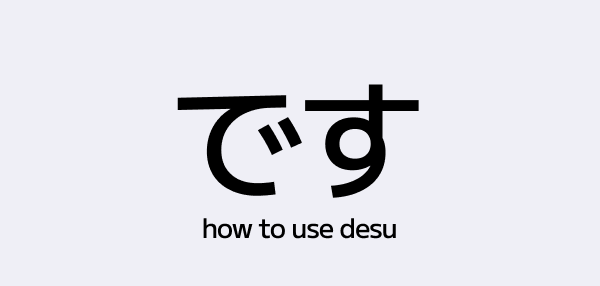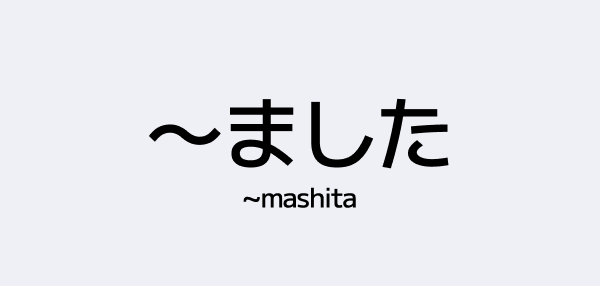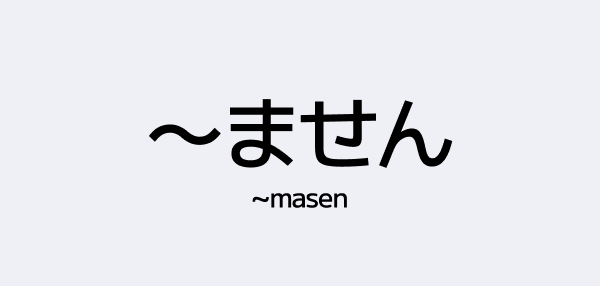The が (Ga) Particle
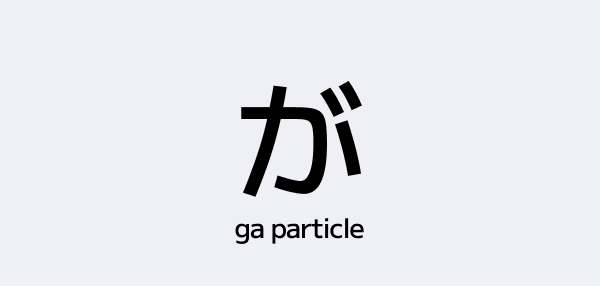
Introducingが(ga), the subject marker
The Japanese particle "が" plays a critical role in sentence structure by identifying the subject of a sentence. While often compared to "は", "が" carries a different nuance—focusing not on the topic of conversation but on who or what is doing something, often with emphasis or exclusivity.
In this guide, you’ll learn:
- The function and meaning of "が"
- How it differs from "は"
- Its use in various grammatical contexts
- Common mistakes
- Real-world examples
1. What Does the Particle "が" Do?
Definition and Function
"が" is a subject marker. It identifies the performer of an action, or the thing possessing a characteristic.
Example:
ねこ が います。 Neko ga imasu. (There is a cat.)
Here, "が" marks "neko" as the subject that exists.
2.がvs.は: What’s the Difference?
Both が and は are important particles in Japanese, but they serve different functions. Here's a breakdown of their roles and how they are used:
- は (wa) is a topic marker. It sets the topic of the sentence and provides context. It introduces what the sentence is about and is often used to provide general information or make a statement. It can also indicate contrast between two things.
- が (ga) is a subject marker. It marks the subject of the sentence and is often used when the speaker wants to emphasize or draw attention to something specific. It can also be used to show exclusivity, focusing on a particular aspect of the sentence.
Example Comparison:
私は学生です。 Watashi wa gakusei desu. (As for me, I am a student.)
私が学生です。 Watashi ga gakusei desu. (I am the one who is a student.)
In the second sentence, "が" emphasizes that I, not someone else, am the student. This is often used in corrections or to clarify identity.
3. When to Use "が"
A. When Introducing New Information
Use "が" when introducing something for the first time.
Example:
誰かが来ました。 Dareka ga kimashita. Someone came.
The subject (誰か – someone) is unknown to the listener, so "が" introduces it.
Example:
モンスターが現れた。 Monstaa ga arawareta. A monster appeared.
Note: Anyone who has played JRPGs will probably have seen this one in action!
Example:
学校が始まった。 Gakkou ga hajimatta. School started.
B. With Intransitive Verbs
Certain intransitive verbs almost always take "が".
Example:
ドアが開きました。 Doa ga akimashita. The door opened.
Because "door" isn’t actively doing anything, "が" marks it as the experiencer of the action.
Example:
空が暗くなりました。 Sora ga kuraku narimashita. (The sky became dark.)
The sky isn’t acting on something else, but it is the subject experiencing the change in color, marked by が.
These examples show how が is used to highlight what’s undergoing an action or change rather than performing the action itself.
C. To Emphasize the Subject
Use "が" when you want to highlight or clarify the subject.
Examples:
田中さんが行きます。 Tanaka-san ga ikimasu. Mr. Tanaka is the one who will go (as opposed to someone else)
私がやります。 Watashi ga yarimasu. (I will do it.) This emphasizes that I will do it, as opposed to someone else.
D. In Questions
Use "が" with question words like だれ(who).
Example:
誰が来ましたか? Dare ga kimashita ka? Who came?
"が" is necessary here to mark the unknown subject.
4.がin Complex Sentence Patterns
A. Describing Ability, Likes, and Preferences
Japanese adjectives like好き(to like),きれい(beautiful),上手(skillful) pair with "が".
Examples:
私は日本語が好きです。 Watashi wa nihongo ga suki desu. (I like Japanese.)
Here, "nihongo" is the subject of "like", so it takes "が".
彼はサッカーが上手です。 Kare wa sakkaa ga jouzu desu. (He is good at soccer.)
In this example, サッカー (soccer) is the subject of his skill, so が is used to show his ability.
B. In Negative Sentences
"が" still works in negative constructions, especially when you’re denying someone’s involvement or emphasizing who didn’t do something.
Examples:
田中さん が やった仕事ではない。 Tanaka-san ga yatta shigoto dewa nai. (It's not Mr. Tanaka who did the work.)
田中さん が 来ませんでした。 Tanaka-san ga kimasen deshita. (Mr. Tanaka didn’t come.)
C. In Relative Clauses
"が" frequently appears in modifying clauses.
Examples:
私が作ったケーキです。 Watashi ga tsukutta keeki desu. This is the cake I made.
彼が描いた絵です。 Kare ga kaita e desu. This is the art he drew.
5.がfor Contrast and Correction
"が" is sometimes used to correct mistaken assumptions.
Example:
A: 鈴木さんですか? (Suzuki-san desu ka?) Is it Suzuki-san?
B: いいえ、山田さんが先生です。 (Iie, Yamada-san ga sensei desu.) No, Yamada-san is the teacher.
Here, "が" corrects the misunderstanding and emphasizes who actually is the teacher.
6. Common Mistakes with "が"
Mistake 1: Using "が" instead of "は" for known topics
❌猫がかわいいですね。 (When already discussing the cat) ✅猫はかわいいですね。 The cat is cute, right?
Use "は" when you’re continuing a known topic, not introducing it.
Mistake 2: Using "は" in subject questions
❌誰は来ましたか? ✅誰が来ましたか? Who came?
"が" is the correct particle with interrogative subjects.
7. Advanced Usage of "が"
がwith Emotional or Spontaneous Expressions
"が" often appears with emotional or involuntary actions.
Example:
涙が出た。 Namida ga deta. Tears came out.
This suggests a natural, uncontrolled reaction.
Note: When you get sick, you can get a fever, cough, get a runny nose, the works. It's often expressed using が. No one gets sick on purpose, right?
- ねつがでる。A fever comes out.
- せきがでる。Coughs come out.
- はなみずがでる。Nasal drip comes out. (Getting a runny nose!)
- くしゃみがでる。Sneezes come out.
8.がin Formal vs. Casual Speech
- In formal writing, "が" clearly defines sentence structure.
- In casual speech, subject markers may be dropped or replaced, but "が" still appears in key cases like corrections or emotional expressions.
Conclusion
The particle "が" is a powerful tool for marking subjects, introducing new information, emphasizing key points, and shaping nuanced expressions. When used correctly, it allows you to speak Japanese with clarity, precision, and subtlety.
Keep practicing with:
- New vs. known information
- Emotional vs. neutral statements
- "が" vs. "は" in real conversations
Understanding these patterns will take your Japanese from textbook to natural.
FAQs
Q: Can "が" and "は" appear in the same sentence? A: Yes! Example:日本は食べ物が美味しい。(Japan’s food is delicious.) → "Japan" is the topic, "food" is the subject.
Q: Is "が" always needed? A: Not always—spoken Japanese often omits particles when the subject is obvious. But "が" is critical for emphasis and clarity.
Q: What’s a shortcut to remember "が"? A: Use it when you’re saying “this person/thing did something”, especially for unknown, new, or emphasized subjects.

